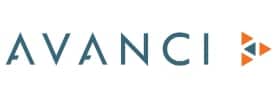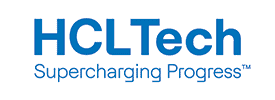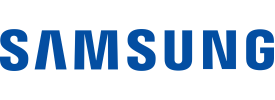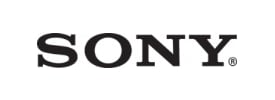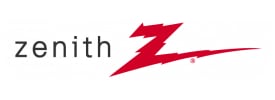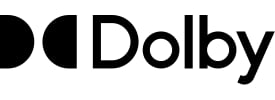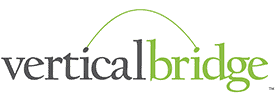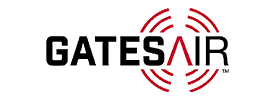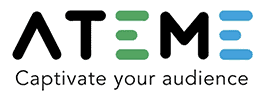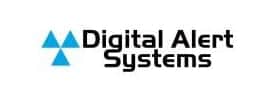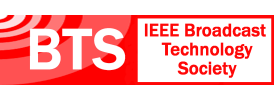- About
- Members
- Sponsors
- Subcommittees
- Technical Documents
- News
- Events
- Spotlight ATSC 3.0
- Contact Us
- Member Login
- Member Meetings
- Advanced Search
Search Site
Member Links
- About
- Members
- Sponsors
- Subcommittees
- Technical Documents
- News
- Events
- Spotlight ATSC 3.0
- Contact Us
- Member Login
- Member Meetings
- Advanced Search
THE ENVELOPE PLEASE… ATSC 3.0 Named ‘Most Innovative and Disruptive Technology’
Posted on July 24, 2017 in ATSC News
Next Gen TV powered by ATSC 3.0 has been named the “Most Significant New Technology” by InteractiveTV Today (ITVT). Presented to the ATSC at the 2017 TV of Tomorrow Show this summer, the INTV 2017 Leadership Award recognizes the industry’s “most innovative and disruptive technology, platform or product.”
Someone You Should Know: Sung-Ik Park, ETRI
Posted on July 24, 2017 in ATSC News
Project leader, father and explorer Sung-Ik Park, principal researcher at the Electronics and Telecommunications Institute, is the project leader in the terrestrial digital TV department of ETRI in South Korea. Building on his 15 years of ATSC 1.0 transmitter/receiver implementation field verification work, he has been heavily involved in various aspects of ATSC 3.0 development. […]
NEXT GEN TV RAP: 25 ATSC 3.0 Things
Posted on July 24, 2017 in ATSC News
TV Technology recently held a “25 More Things to Know About ATSC 3.0” webinar, reproduced here in rap lyrics.
July-August Events Calendar
Posted on July 24, 2017 in ATSC News
The Dog Days of Summer Things aren’t slowing down at the ATSC during the lazy, hazy days of summer. Important TG3 Technology Group and various specialist and ad hoc group meetings in July and August will help bring the last remaining pieces of the ATSC 3.0 suite of standards across the finish line. The busy […]
SOUNDBITE: Build it and they will come
Posted on July 24, 2017 in ATSC News
“If we build the [ATSC 3.0] infrastructure, the ideas will come. There are multiple uses and multiple profit-making opportunities that we’ll investigate, but the market will really tell us what those are.” – Perry Sook, Nexstar Chief Executive
And Now a Word from Our Sponsors
Posted on July 24, 2017 in ATSC News
Triveni Digital As a leading provider of products for program guide and metadata management, data broadcasting, and service quality assurance to broadcasters, 2017 ATSC sponsor Triveni Digital stays at the forefront of evolving technologies and industry standards. The company has devoted significant resources to the development of the next-generation broadcast ecosystem, including the ATSC 3.0 […]
PRESIDENT’S MEMO: Completing the Skyscraper
Posted on June 1, 2017 in ATSC News
Over the past six months, ATSC watchers have seen our infographic depiction of the 23 floors of the skyscraper – representing the key building blocks of the ATSC 3.0 next-generation broadcast standard – make great progress. As we usher in summer, I am pleased to report that the ATSC 3.0 skyscraper (what I like to think of as Next Gen TV built from the ground up) is nearing completion.
Next Gen TV Conference Highlights
Posted on June 1, 2017 in ATSC News
More than 200 people came to Washington to learn the latest on the ATSC 3.0 standard at the mid-May “Next Gen TV Conference: Powered by ATSC 3.0.” Attendees on hand came from South Korea, England, India, Spain, France, Canada, and the U.S.
SOUNDBITE
Posted on June 1, 2017 in ATSC News
“To quote one of my engineers, we learned more in a half-day working with ATSC 3.0 than in months of reading about it.”
– Pete Sockett, WRAL
LECHNER AWARD: Pizzi Honored for Outstanding ATSC Contributions
Posted on June 1, 2017 in ATSC News
Skip Pizzi received the 2017 Bernard J. Lechner Outstanding Contributor Award, the ATSC’s highest technical honor. Pizzi, NAB’s VP of Technology Education and Outreach, chairs the Specialist Group on ATSC 3.0 System Requirements and Program Management, which is responsible for ATSC 3.0 use cases and scenarios that are the basis for the system requirements that enabled the development of Technical Standards and Recommended Practices that make up ATSC 3.0.
News Categories
News Archives
Subscribe
Subscribe to The Standard, our monthly newsletter. Learn More
Join ATSC
ATSC is a membership organization with both voting and observer categories. Voting members include corporations, nonprofit organizations, and government entities, and they participate actively in the work of ATSC. Observers are individuals or entities not eligible to be a voting member.
Subscribe to our Newsletter
Subscribe to The Standard, our monthly newsletter, to stay up-to-date with ATSC news and events around the world.
Site Links
Contact Us
ATSC
1300 I Street NW, Suite 400E
Washington, DC 20005 USA
Do you have questions about ATSC?
About ATSC
ATSC, the Broadcast Standards Association, is an international, non-profit organization developing voluntary standards and recommended practices for digital terrestrial broadcasting. Serving as an essential force in the broadcasting industry, ATSC guides the seamless integration of broadcast and telecom standards to drive the industry forward. Currently, the ATSC 3.0 Standard is providing the best possible solution for expanding the potential of the broadcast spectrum beyond its traditional application to meet changing needs. From conventional television to innovative digital data services, ATSC has one clear goal: to empower the broadcasting ecosystem like never before.
© 2025 ATSC


